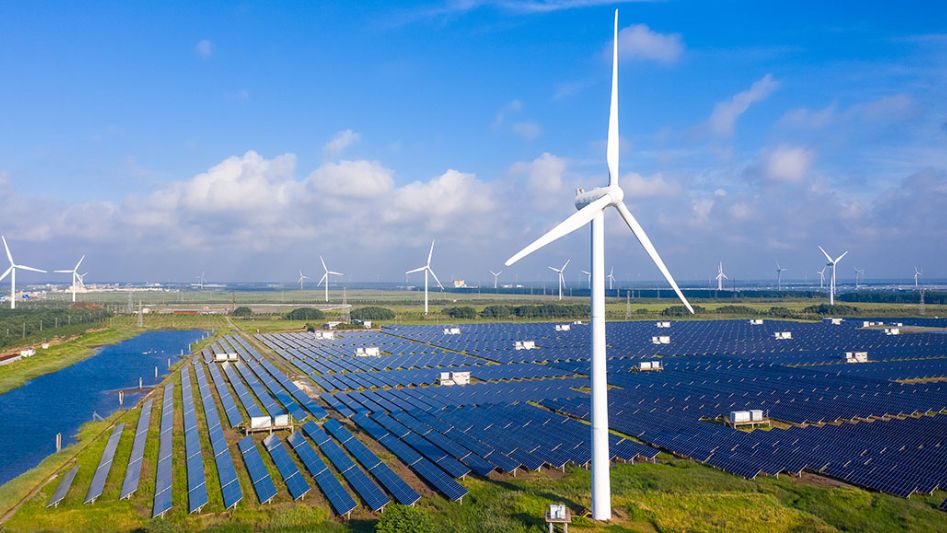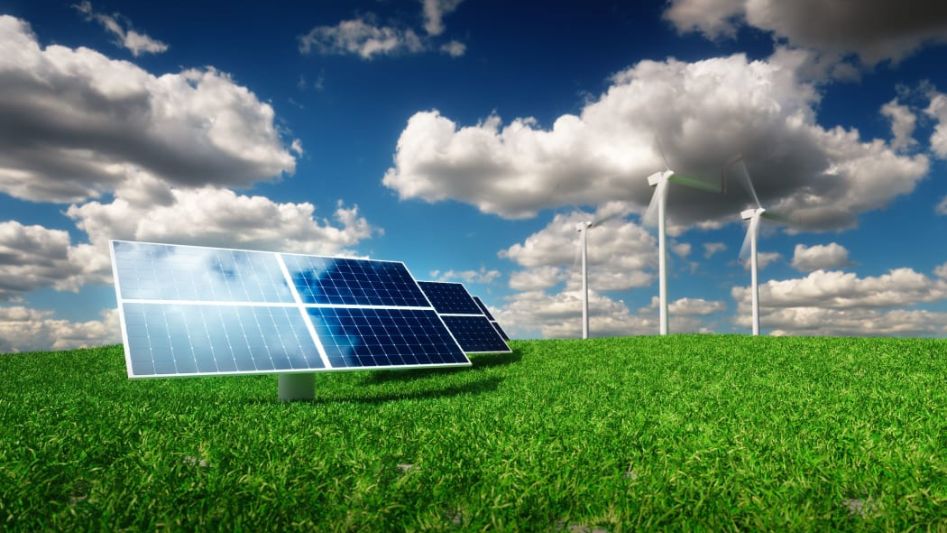As the world moves towards sustainable development, there is an increasing focus on finding ways to reduce carbon emissions and preserve natural resources. Two strategies that have gained significant attention in recent years are green energy and energy efficiency. While these two concepts are often discussed separately, they actually work hand in hand to create a more sustainable future.
Table of Contents

What is Green Energy?
Green energy, also known as renewable energy, refers to energy sources that are naturally replenished and do not harm the environment. Some examples of green energy sources include solar, wind, hydro, geothermal, and biomass. These sources of energy are becoming increasingly popular as the world seeks to move away from non-renewable sources like coal, oil, and natural gas that contribute to climate change.
What is Energy Efficiency?
Energy efficiency refers to using less energy to perform the same tasks. This involves reducing the amount of energy required to power homes, businesses, and industries while maintaining the same level of productivity. For example, switching to LED light bulbs or installing insulation can reduce the amount of energy needed to light a room or heat a building. Energy efficiency is an important aspect of sustainable development because it helps reduce the demand for energy and lowers carbon emissions.

The Synergy Between Green Energy and Energy Efficiency
Green energy and energy efficiency are often seen as separate concepts, but they actually work together to create a more sustainable future. Here are a few examples of how these two strategies complement each other:
- Green energy sources are often intermittent, meaning they produce energy only when the sun shines or the wind blows. By pairing green energy with energy efficiency measures like energy storage, energy can be stored when it is available and used when it is needed. This helps ensure a steady supply of energy even when renewable sources are not generating power.
- Energy efficiency measures like efficient appliances and buildings reduce the demand for energy, making it easier to meet that demand with green energy sources. For example, if a building is well-insulated and has energy-efficient windows and lighting, it will require less energy to heat and light the space. This means that more of its energy needs can be met with renewable sources like solar or wind power.
- Green energy and energy efficiency can work together to reduce the carbon footprint of industries. For example, a factory might install solar panels to generate electricity and then use energy-efficient processes to reduce the amount of energy needed to manufacture products. This can help the factory reduce its carbon emissions and save money on energy costs.
Conclusion
Green energy and energy efficiency are both critical components of sustainable development. While these concepts are often discussed separately, they actually work together to create a more sustainable future. By pairing green energy with energy efficiency measures, we can reduce carbon emissions, preserve natural resources, and create a more resilient energy system. As we move towards a greener future, it is important to remember the synergy between these two strategies and the role they play in creating a sustainable world.

FAQ
What are the benefits of green energy and energy efficiency?
Green energy and energy efficiency offer numerous benefits, including reduced carbon emissions, lower energy costs, preservation of natural resources, and a more resilient energy system. By working together, these strategies can help create a more sustainable future.
Why is it important to transition to green energy?
It is important to transition to green energy because non-renewable energy sources like coal, oil, and natural gas contribute to climate change and are finite resources. Green energy sources, on the other hand, are naturally replenished and do not harm the environment.
What are some challenges associated with transitioning to green energy?
Some challenges associated with transitioning to green energy include the intermittency of some green energy sources, the high upfront costs of installing green energy infrastructure, and the need to modernize existing energy infrastructure to accommodate green energy sources.
What can individuals do to promote green energy and energy efficiency?
Individuals can promote green energy and energy efficiency by making small changes in their own lives, such as using LED light bulbs, turning off lights and electronics when not in use, and using public transportation or carpooling instead of driving alone. They can also support policies and initiatives that promote green energy and energy efficiency at the community and national levels.
You May Also Like
- WHY WE STILL NEED INNOVATION IN GREEN ENERGY TECH?
- SUSTAINABLE AGRICULTURE: HARNESSING GREEN ENERGY FOR FOOD PRODUCTION
- HOW GREEN ENERGY CAN HELP COMBAT ENERGY POVERTY
- THE ROLE OF GOVERNMENTS IN PROMOTING GREEN ENERGY
- THE IMPACT OF GREEN ENERGY ON JOB CREATION AND ECONOMIC GROWTH
